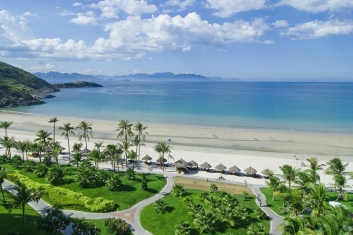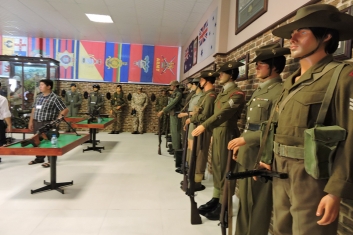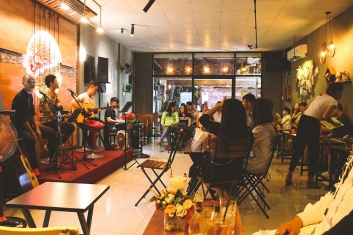![]() Vietnam Travel Guide
Vietnam Travel Guide
Ngoc Son Temple – Hanoi Old Quarter
Ngoc Son Temple
Visiting Hanoi Old Quarter, there is a must-see destination for guest should not miss – Ngoc Son Temple, the temple of the Jade Mountain. The temple is situated on an islet in Hoan Kiem Lake in the period of time from 16th to 18th century. At the time there was a villa used by for Trinh mandarins when they boated on the lake. In the 19th century, the site became a Buddhist pagoda, then a temple for the cult of a deified Chinese warrior, Quan Cong, and after that for the Spirits of Literature and of the Soil. This shrine is now dedicated to Tran Hung Dao, a 13th century Vietnamese military national hero. , scholar Van Xuong and to Nguyen Van Sieu, a Confucian master who assumed responsibility for extensive additions and repairs made to the temple and the surrounding areas from 1864. The present building reflects the Chinese style favored by the Nguyen rulers of that time.
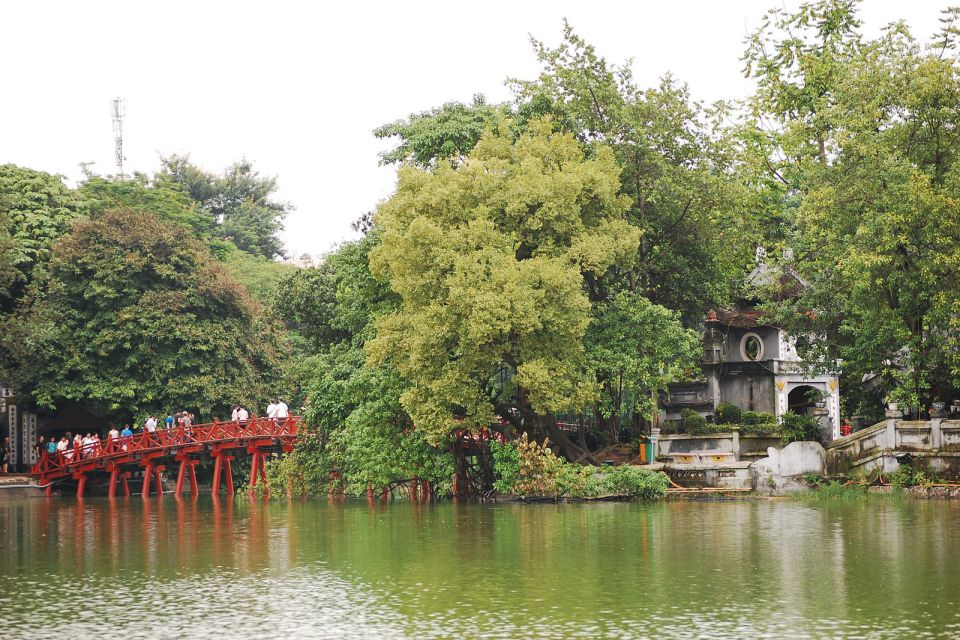
Ngoc Son Temple – Hoan Kiem Lake
Entrance Complex and Bridge
In order to get into the temple, visitors have to walk through the Three-Passage Gate (Tam Quan) and then the Morning Sunlight Bridge (Cau The Huc). The entrance complex, designed by Nguyen Van Sieu, consists of 1 series of three gates, replete with Taoist symbolism.
It is easy for tourists to see the first gate which displays a series of parallel sentences. There are two large red Chinese characters on the first gate who are Happiness (Phuc) on the right and Prosperity (Loc) on the left. They are the two of three symbols of a good life and very important to the Vietnamese (Phuc, Loc, Tho – Long Life).
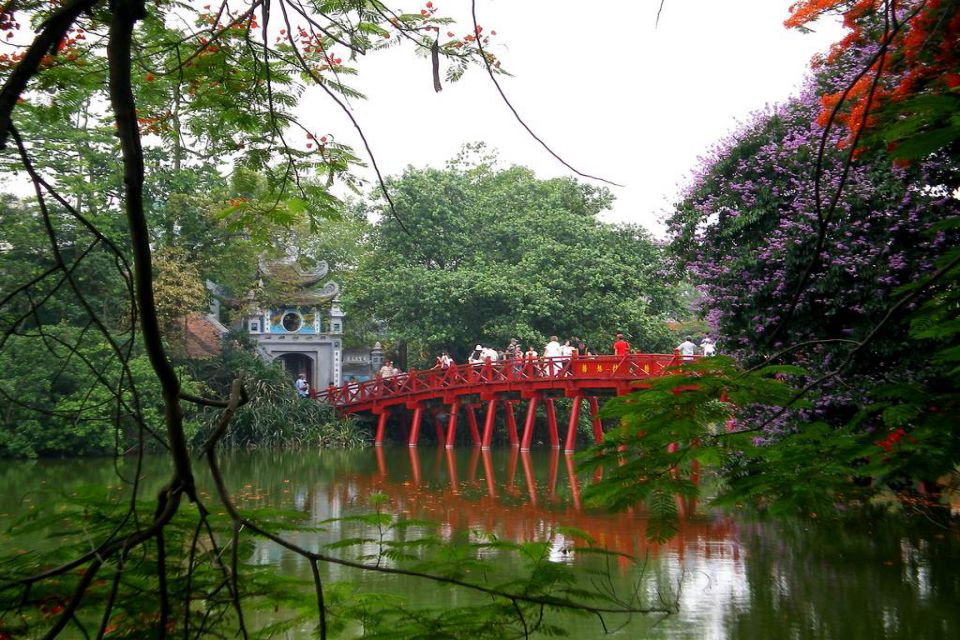
The Huc Bridge – Hoan Kiem Lake
Inside the first gate is the Pen Tower (Thap But). It is a ten-meter high stone structure with its tip resembles a writing brush, standing on a “mountain” in the shape of a peach, known as the Writing Pad (Dai Nghien). This “mountain” represents a good foundation or the earth, and the Chinese letters on the tower say “Writing on the clear blue sky” (meaning be always truthful). This arrangement follows a principle of feng shui. The Pen Tower is the introduction to the temple dedicated to literature and poetry. There is a small altar on the mountain where one can pray to receive permission to enter the temple.
After that, you will come to the second gate surrounded by Taoist symbols. On the left is the tiger and on the right is the Vietnamese dragon, the two symbols of stability for a large construction, according to feng shui theory. Panels on the reverse of the gate show the carp gazing at the moon’s reflection, and a pine tree with roosting storks (phoenix), which symbolizes longevity.

The Huc Bridge – Hoan Kiem Lake
Above the third gate is a large stone representing an ink stone or inkpot. Nguyen Van Sieu placed this stone so that on the 5th of May (lunar calendar) the shadow of the Pen Tower falls on the ink stone. Why this date? There are 120 stars in the Chinese/Vietnamese Taoist horoscope. One of these is represented by Van Xuong, the saint responsible for literature. On May 5, Van Xuong’s star crosses the sun’s trajectory.
The temple itself is reached by crossing the red-painted wooden bridge called The Huc (Rising Sun). Originally, when the lake was much large, visitors to the temple came by boat. In the 18th century, a simple bamboo bridge was built.
Nguyen Van Sieu built a red wooden bridge in the arched shape of a sickle-moon or an ivory comb. The original bridge was destroyed by fire in 1958 but rebuilt in the same style. From here you can watch the sunrise.
After crossing the bridge, tourists will come to the fourth gate. There is a small room with the circular window above the gate, which was called the Moon Gazing Pavilion. Surrounding the gate are typical Taoist I Ching symbols of watching and protecting. The dragon-horse is on the right, carrying the eight I Ching symbols for the eight elements on its back, and a yin yang mirror to send back evil spirits. All the Taoist wisdom was imparted in a dream to the ancient king of China by a tortoise – I Ching, feng shui, yin yang – in other words, a unified theory of everything. The tortoise, seen on the left, carrying a book and a sword on its back, as well as being a Taoist symbol, in Confucian belief indicates that military might and knowledge must go together.
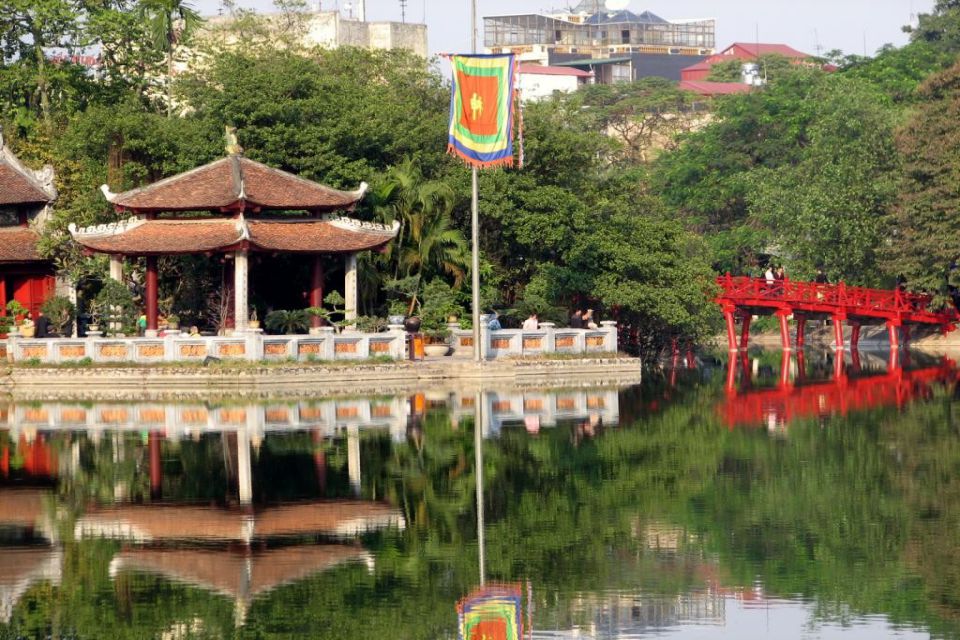
Ngoc Son Temple – Hoan Kiem Lake
Ngoc Son Temple exemplifies the harmony of Taoist feng shui. It is surrounded by water, which directs energy toward the temple. The temple is dedicated to General Tran Hung Dao, who defeated the Mongols in the 13th century, and the scholar and saint of literature Van Xuong.
To the left of the main temple is a side room containing the preserved body of a giant soft backed turtle (rafetus le loi ). This turtle is 2.1 meters long, 1.2 meters wide, and weighed 250kg. It was found in 1968 and was said to be 500 years old. This gives credence to the legend about the giant turtle, which took the magic sword of Le Loi in the 15th century.
Join Hanoi city tour with Journey Vietnam to take a chance visiting Ngoc Son Temple.
Copyright © 2016 Journey Vietnam.



